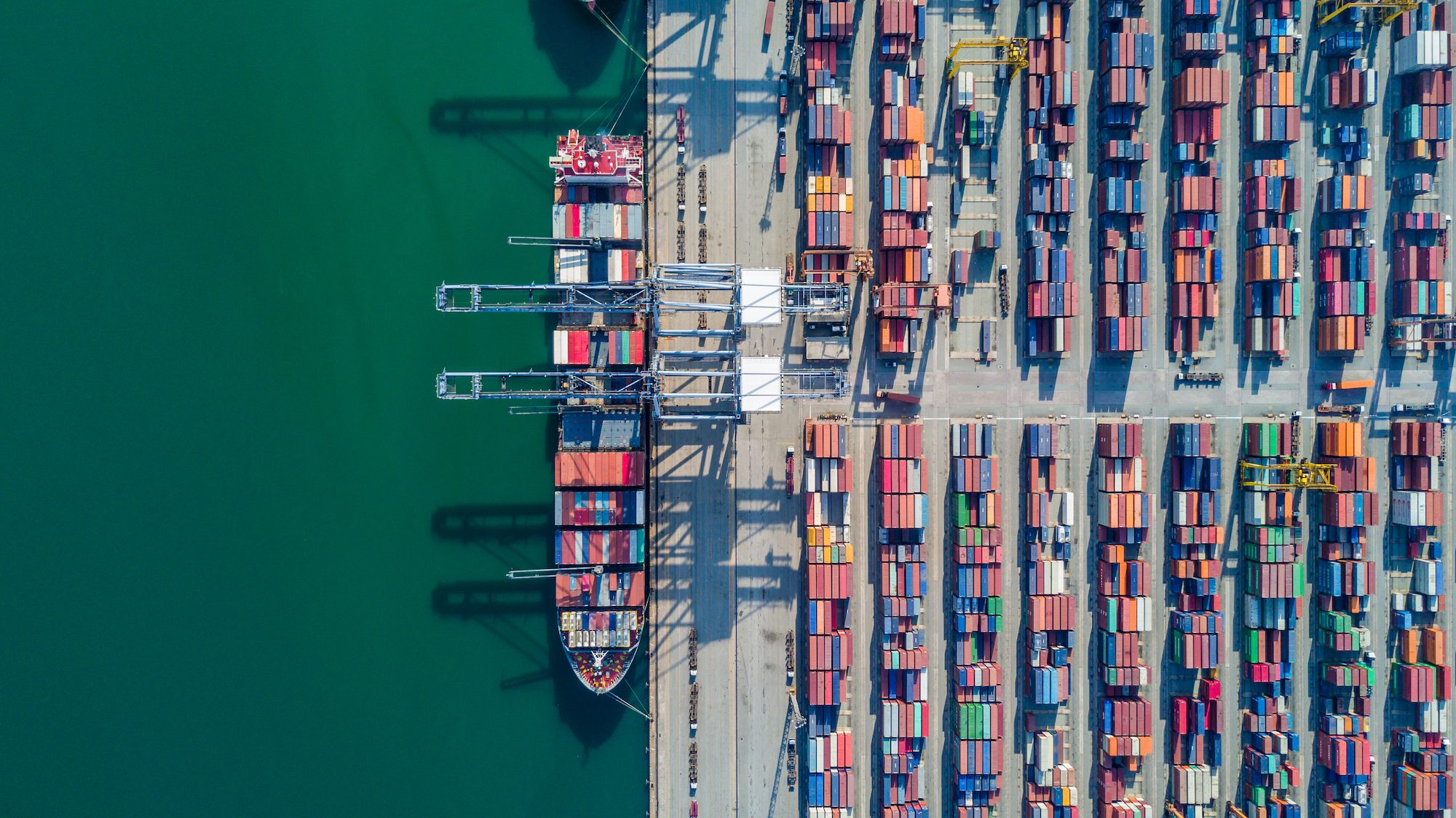FILE PHOTO: A container ship arrives at Yusen Terminals (YTI) on Terminal Island at the Port of Los Angeles in Los Angeles, California, U.S., January 30, 2019. REUTERS/Mike Blake/File Photo

by Lisa Baertlein (Reuters) – Incoming cargo to the Port of Los Angeles is surging as businesses restock depleted inventories and retailers prepare for an early holiday season, the executive director for the nation’s busiest seaport said on Wednesday.
Workers unloaded 471,795 20-foot equivalent units (TEU) of imports in September, 17% more than the year earlier, marking the second month of robust import gains at the No. 1 gateway for U.S. trade with China. That trend has carried into October, said Gene Seroka, executive director of the Port of Los Angeles, where there are now 16 vessels docked and 10 at anchor with cargo waiting to be unloaded.
“We continue to see the replenishment of warehouse and distribution center inventories along with retailers prepping for year-end holidays,” Seroka said.
Amazon.com AMZN.O, Walmart WMT.N, Target TGT.N, and Best Buy BBY.N are among the U.S. retailers launching holiday promotions before Halloween to lock in sales and ease residential delivery crunches as worries mount over fast-rising COVID-19 infections and potential unrest around next month’s Presidential election.
The trend is a turnaround from earlier this year, when pandemic related shutdowns – first in China and then in the United States – slowed ocean shipping traffic to a trickle.
But the jump in cargo – some of it unexpected – is beginning to cause backups that could ripple through U.S. supply chains.
Port workers are racing to process incoming containers and the arrival of 18 unscheduled ships in August and September made labor scheduling more complex.
COVID-19 safety measures like reduced staffing and physical distancing means it is taking longer to get containers out of the port.
“You don’t see as much staffing at each shift at our warehouses and distribution centers. It takes longer to process import cargo with those facilities,” Seroka said.
Reporting by Lisa Baertlein in Los Angeles; Editing by Marguerita Choy
(c) Copyright Thomson Reuters 2020.

 Join The Club
Join The Club











